While in many other countries people do not have homes to live in, in Japan, the aging and declining population has led to millions of abandoned houses, with no one taking them or selling them.
According to Nikkei Asia, the results of a housing and land survey conducted by the Japanese government in 2018 showed that the total number of abandoned houses in the country reached 8.5 million, accounting for 14% of the country's total housing supply. Nomura Research Institute even gave a higher figure of 11 million, and predicted that the number of abandoned houses will continue to increase and could soon exceed 30% of the total housing in the land of the rising sun in the context of the country's increasingly small population.
Most abandoned homes, or akiya, are located in remote rural areas of Japan. Their owners have either died without heirs or have grown old and moved to crowded urban areas to live with their children and relatives. They are becoming more and more common, and some are even given away for free. “In some ways, abandoned homes are a problem unique to Japan,” said a representative of Katitas, a Tokyo-based real estate company.
The challenge facing local governments in Japan today is how to manage akiya houses. The Japanese government is concerned that if they are left unoccupied for too long and fall into disrepair, they could pose security and environmental problems. "The number of abandoned houses will increase further, and they could cause many security and environmental problems. We need to urgently find ways to deal with them," said Saito Tetsuo, Japan's Minister of Land, Infrastructure, Transport and Tourism .
In addition, the inefficient existing housing market is also the reason for the increasing number of abandoned houses in Japan. Statistics show that in 2018, the number of existing houses traded accounted for only 15% of the total number of home purchases in this country.
One of the solutions the Japanese government is considering to “rescue” abandoned houses is to impose higher real estate taxes on their owners. Specifically, those who abandon their houses may have to pay real estate taxes six times higher than the normal rate. Typically, in Kyoto, from 2026, the city government plans to impose a tax of 0.7% of the value of houses that are not regularly used, including abandoned houses and houses used for holidays. A Kyoto city official said that this measure is expected to create more supply for the housing market and promote the use of vacant houses in the locality.
However, some real estate experts, including Nagashima Osamu, who is currently working in Tokyo, believe that higher property taxes will not solve the root of the problem, and are skeptical about the long-term effectiveness of this measure. Osamu explains that the problem will continue to exist if the number of new houses built exceeds the number of abandoned houses looking for new owners.
The positive sign is that recently there have been more customers looking to buy akiya houses in Japan, especially those in beautiful, attractive locations. Through websites with the common name of "Akiya Bank", many abandoned houses have been sold for prices ranging from 0 to about 25,000 USD. The target customers interested in akiya houses are quite diverse, in which Americans are considered to make up the majority. Currently, many localities in Japan are also listing abandoned houses to find ways to sell or rent.
COURAGEOUS
Source




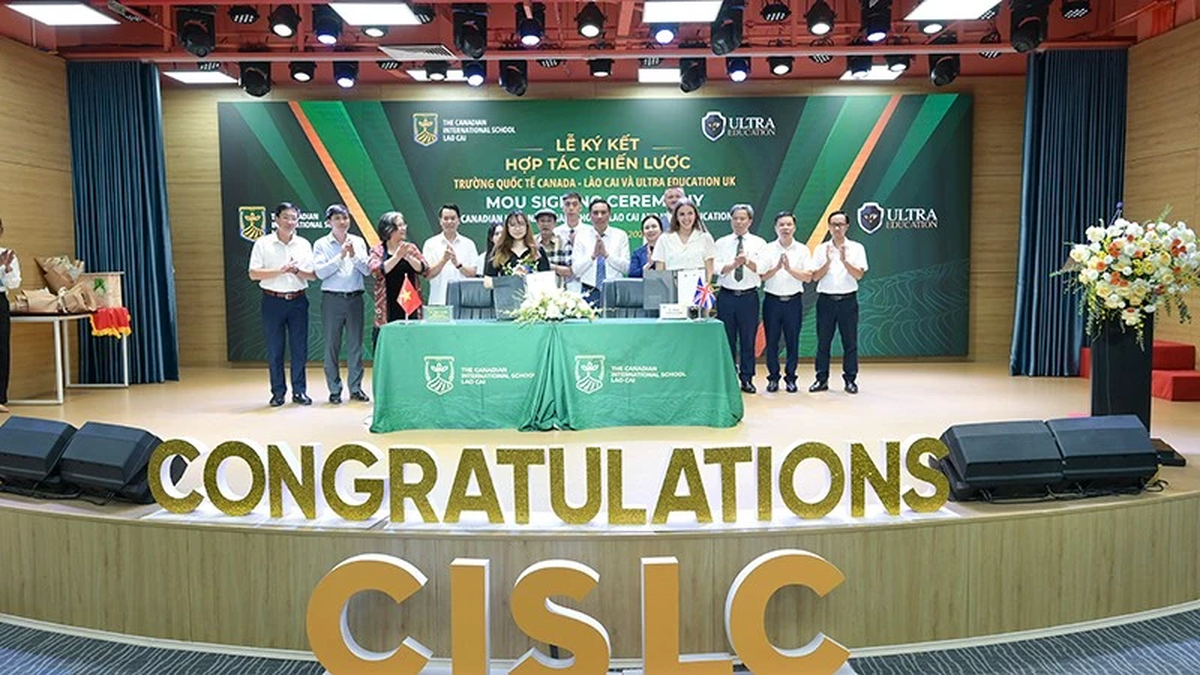

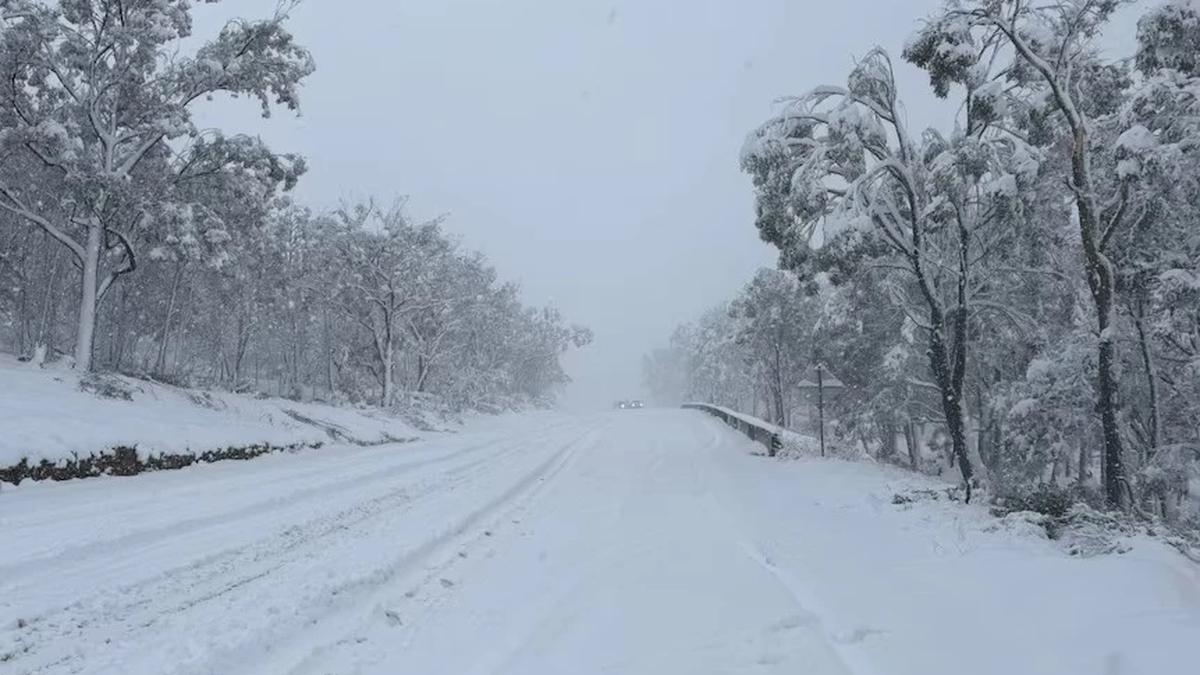

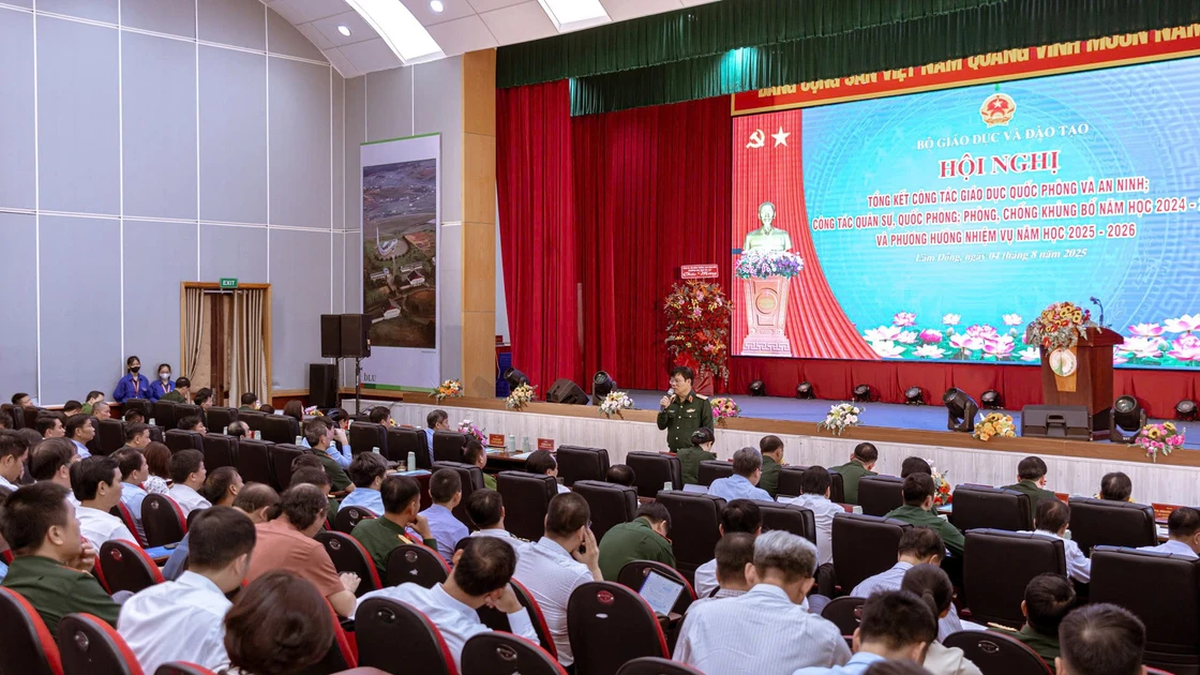













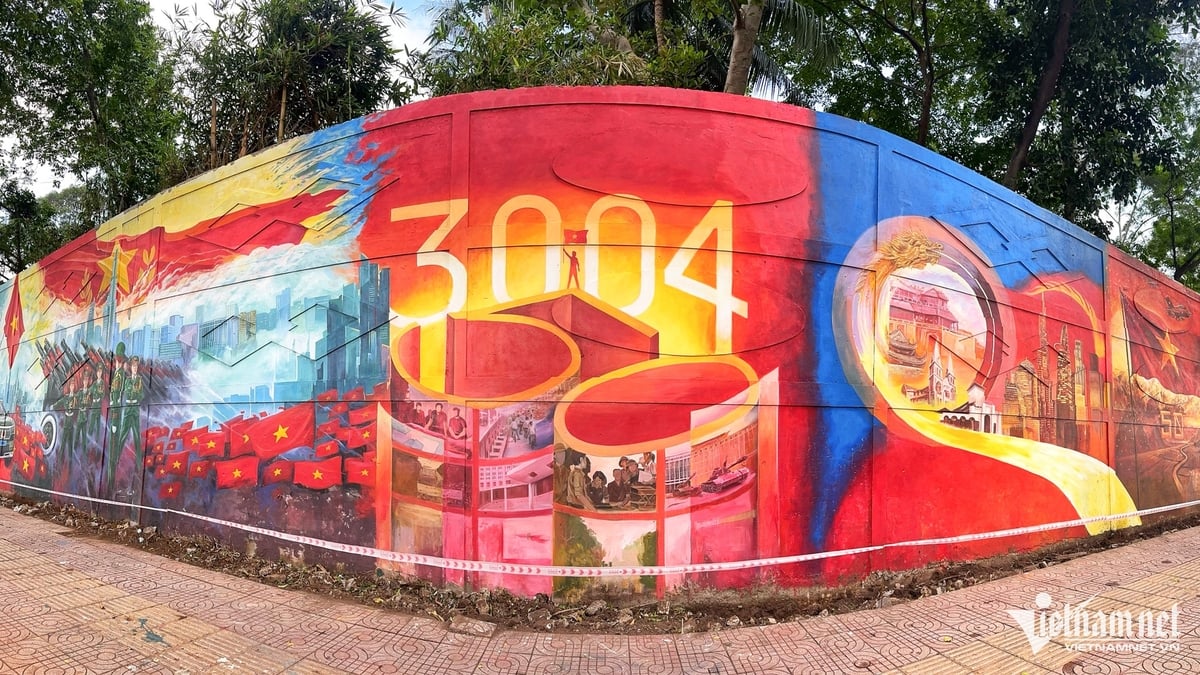
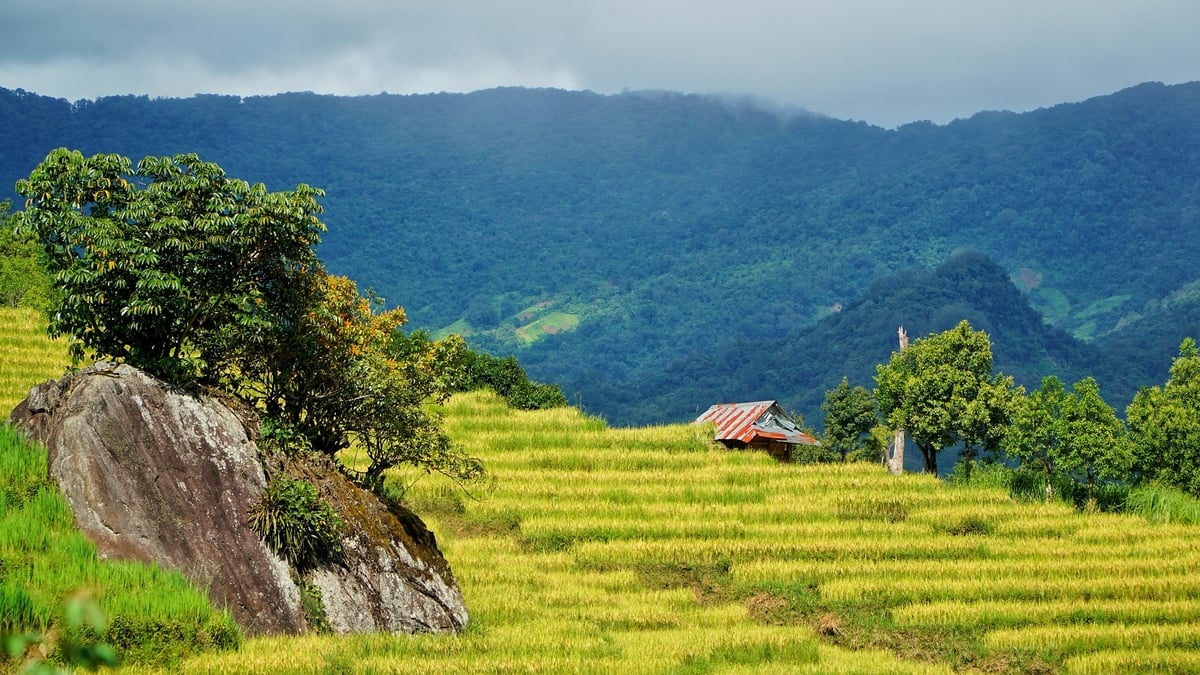

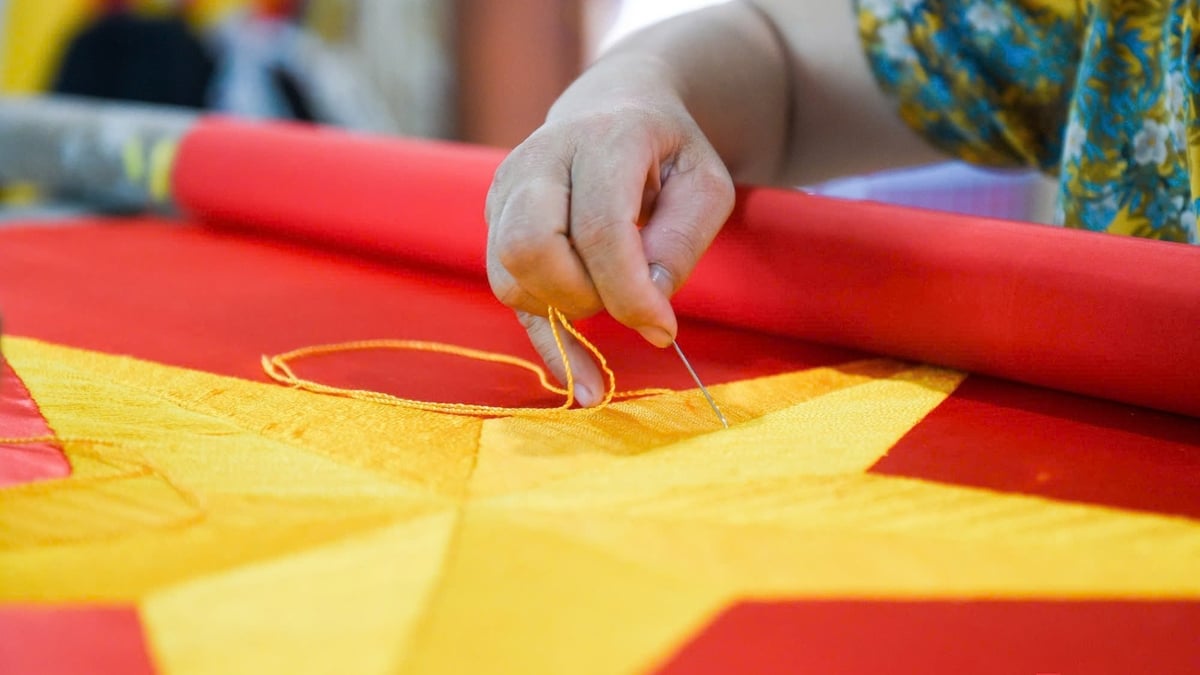
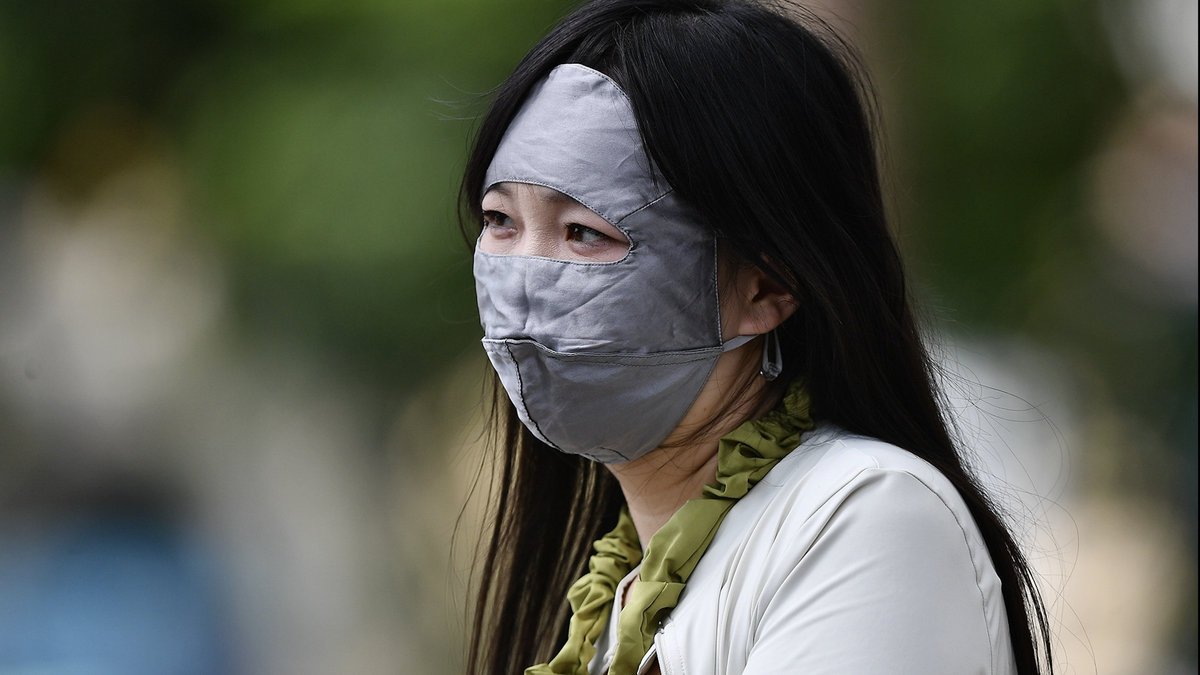







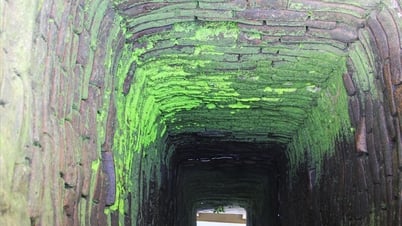

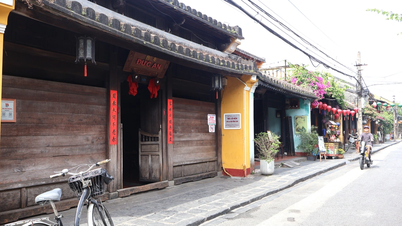

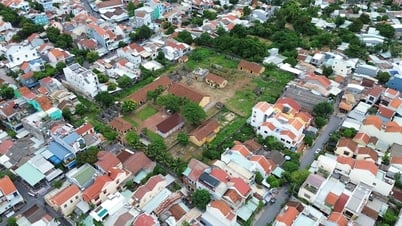



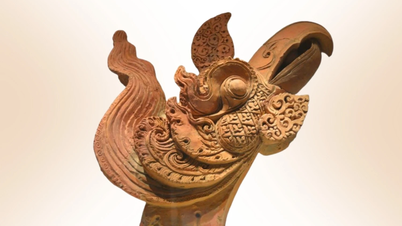












![[Maritime News] Two Evergreen ships in a row: More than 50 containers fell into the sea](https://vphoto.vietnam.vn/thumb/402x226/vietnam/resource/IMAGE/2025/8/4/7c4aab5ced9d4b0e893092ffc2be8327)

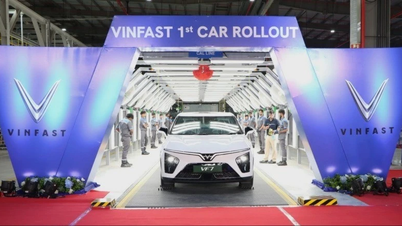



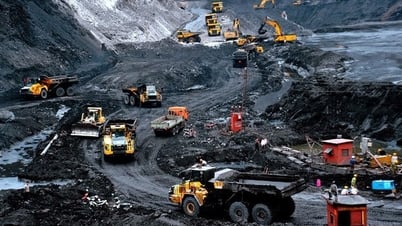

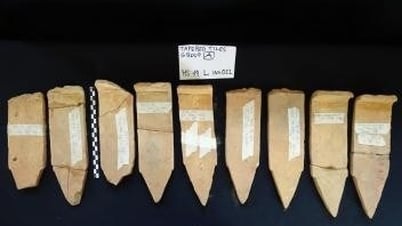


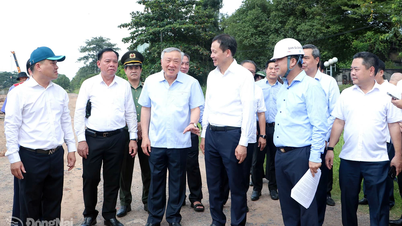









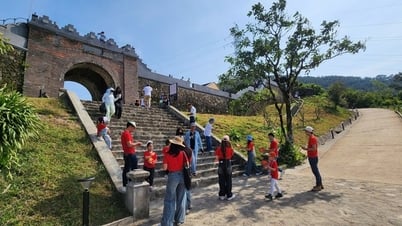
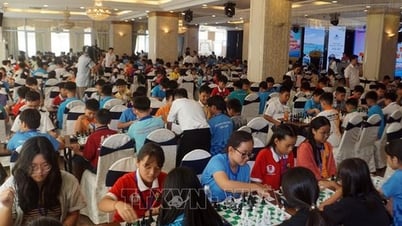








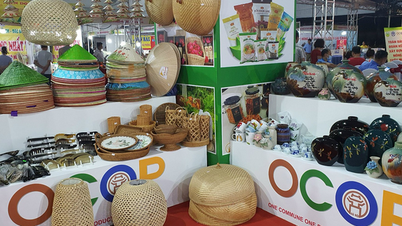
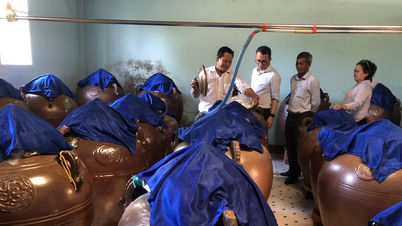










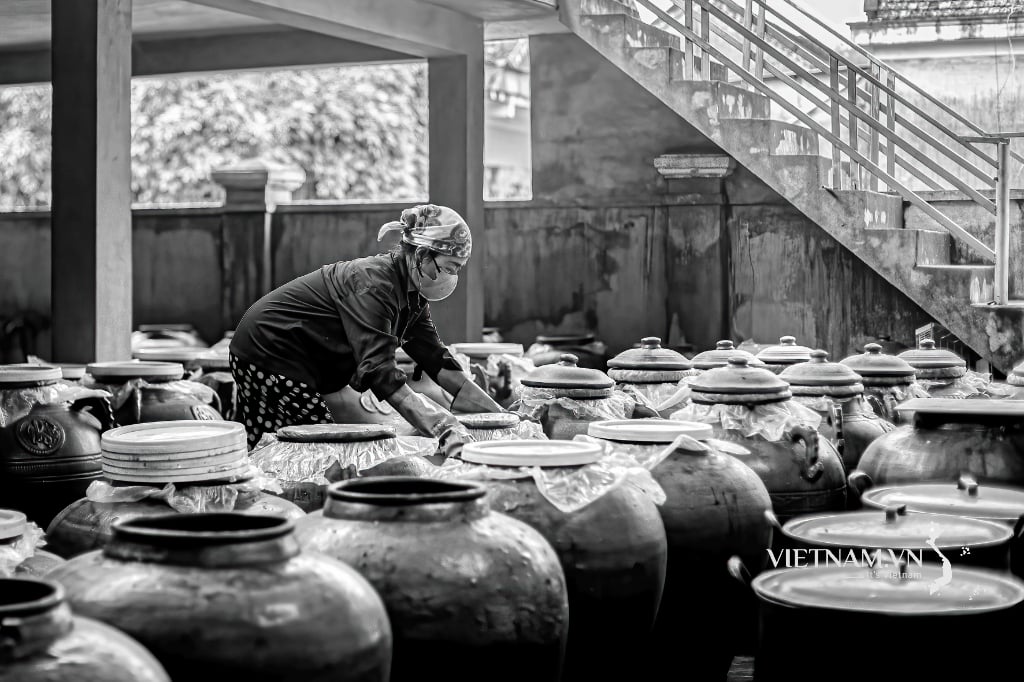
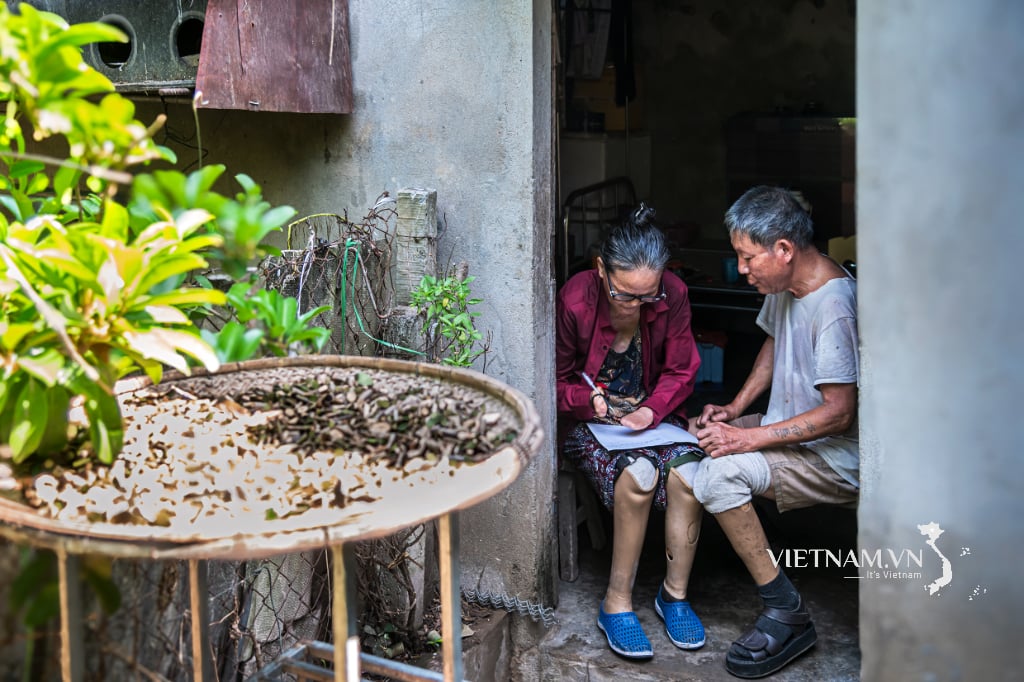
Comment (0)